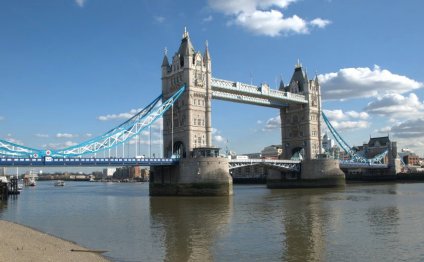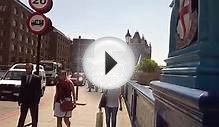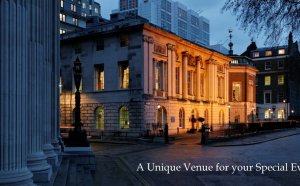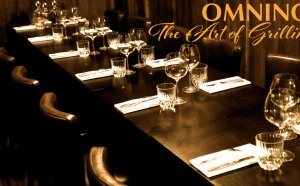
Tower Hill, London
The Tower Hill area was for a long time a place where public punishments were carried out. This page recounts the dark history of this area including executions and the use of the pillory. Both Great Tower Hill and Little Tower Hill were used in this way.
Long before any memorials were built at Tower Hill, and close to the WW2 memorial to Merchant Seamen, Great Tower Hill was used for executions of important people. Further information about this is below, including photographs of the memorial to those who were executed. The approximate location of the scaffold is shown on the various historical maps and plans HERE.
The manner of execution depended on the status of the victim. Beheading was considered the least brutal method - though didn't always turn out that way with several accounts of botched executions. Beheading was reserved for the rich and famous; lesser people were hanged. Crimes considered the most heinous were dealt with by more appalling means such as "hanging, drawing and quartering".
Mostly it was members of the nobility that were executed at Tower Hill - usually after imprisonment in The Tower - but there were exceptions. In London most commoners were hanged at Tyburn, or later at Newgate, but there were many other locations for hangings across the country. Executions were a public event supposed to have a deterrent effect. Members of Royalty, such as Henry VIII's unwanted queens, were executed in private within the Tower of London at Tower Green.
Tower Hill seems to have been on many occasions the place to dispose of those who had become "inconvenient" to the rulers of the country rather than genuine traitors. I have included information about two of these about whom I previously knew nothing at all as examples: Thomas Wentworth, 1st Earl of Strafford, and William Laud, Archbishop of Canterbury. I am sure that the stories of the others would be equally interesting and I may extend this site to cover them at a later date.
The following account of the history of execution at Tower Hill comes from the works of the Victorian Antiquarian Walter Thornbury - External Reference #15. Thornbury's work makes fascinating reading as it conjures up the spirit of the past rather than being "dry-as-dust" academic writing. His work is considered to be generally well-researched, but is rather opinionated but that does not detract from it as source material
Chapter X. The Neighbourhood of the Tower
Of Tower Hill, that historical and blood-stained ground to the north-west of the Tower, old Stow says:—"Tower Hill, sometime a large plot of ground, now greatly straitened by encroachments (unlawfully made and suffered) for gardens and houses. Upon this hill is always readily prepared, at the charges of the City, a large scaffold and gallows of timber, for the execution of such traitors or transgressors as are delivered out of the Tower, or otherwise, to the Sheriffs of London, by writ, there to be executed."
Video on topic: Tower Hill, London



Share this Post
Related posts
Trinity House Tower Hill London
A meeting at Trinity House circa 1808 The Corporation of Trinity House of Deptford Strond , known as Trinity House (formally…
Read MoreRestaurants Tower Hill London
Less than a 5 minute walk from Tower Hill tube station, our Tower Hill restaurant is located right by London s iconic Tower…
Read More
 All Hallows-by-the-Tower, also previously dedicated to St. Mary the Virgin and sometimes known as All Hallows Barking, is an ancient Anglican church on Byward Street in the City of London, overlooking the Tower of London.
All Hallows-by-the-Tower, also previously dedicated to St. Mary the Virgin and sometimes known as All Hallows Barking, is an ancient Anglican church on Byward Street in the City of London, overlooking the Tower of London.









